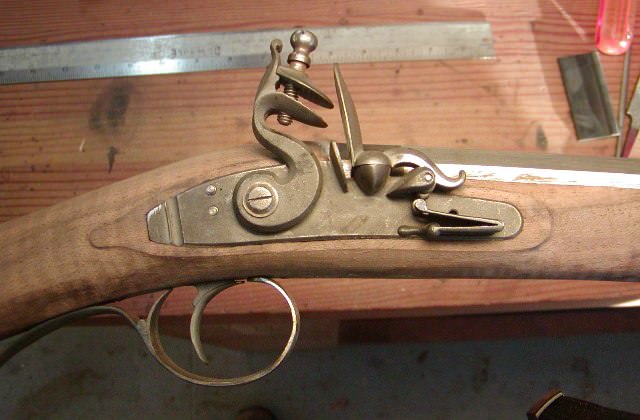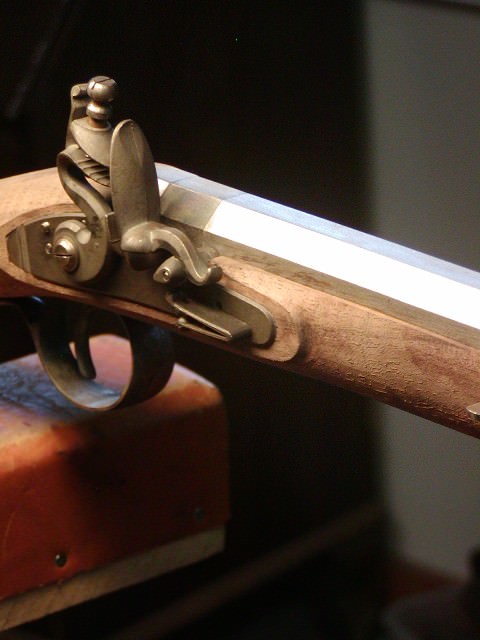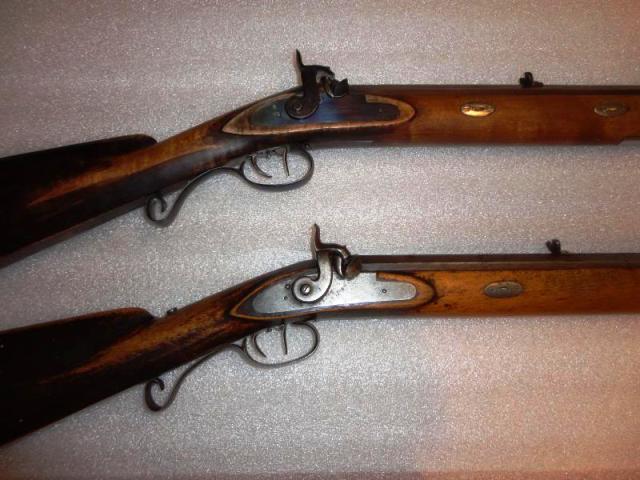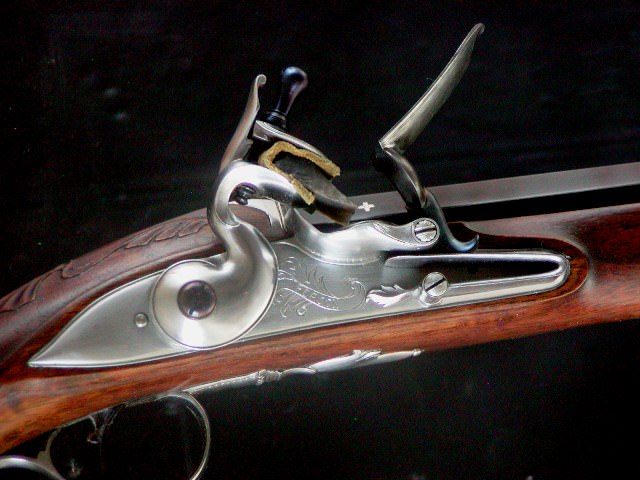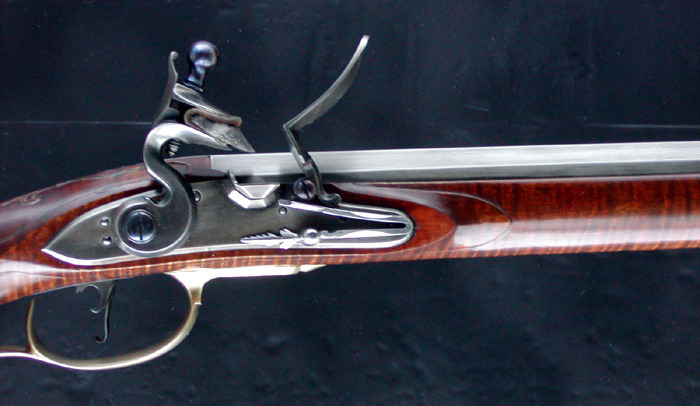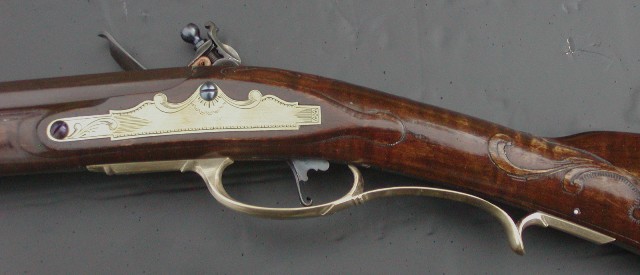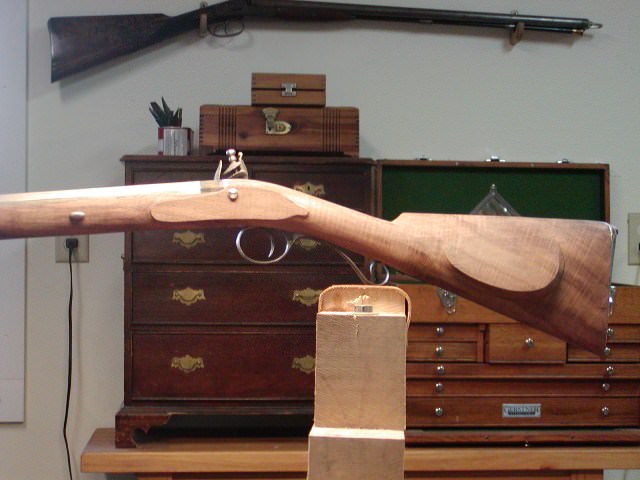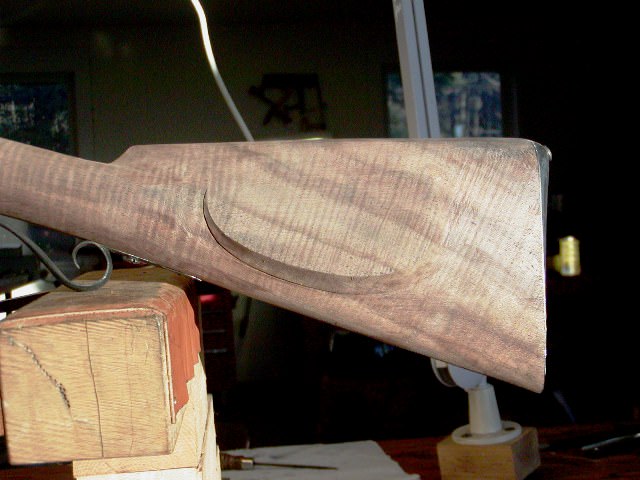The past 24 hours have been a rather furious flurry of activity here!
Nothing was rushed, and everything was done with quality and safety in mind first and foremost.
The new vice has really aided me in getting this to the point so quickly, so if you have the opportunity, git 'yerself one!
I did not think that I needed to bore everyone with final sanding, fitting, yada, yada, yada, pictures..... so here is where I am at today.
Fit, sanded, and stained...
View attachment 2000
View attachment 2001
Everything is fit and functional.
I only have 1 coat of boiled linseed oil on it in the pictures above, and will continue to add more until I get the final finish that I am happy with.
Also, I have found that if I linseed oil it within 1 hour of staining, it will distribute the stain to create a much more even finish, as the linseed oil will lift the oil based stain and move it to lesser stained areas, and remove it from over stained areas ...…. (heheh, really brown hands when doing this, but worth it in the end!)
Shots have been fired safely.... !!!!!
Heheh, if that is a concern for anyone?
I am still alive and here to post, so that says quite a bit, and I must say, it shoots just fine but needs the sights adjusted just a wee bit. No pics of the target though...… (forgot to do that), but it is low to the left about 1" and with a very tight pattern (within 1" with my shaky old hands) at 50 yards with 75 grains.
The flurry of activity was motivated by something else I have a keen interest in that I plan on doing / starting very soon, and I just may be taking a 6 to 7 month "vacation" from building anything else.
This will allow me to check into the oh so many other builds available, and decide on what skill level I really want to tackle.
I know what I am about to say here is not going to sit well with a few, but if I could find a "Traditions Shenandoah" kit that has not been touched and is raw, I would be a very happy camper!
Out of production for a while now, and I find it quite attractive!
Heck, 200 years from now it just might be worth what I pay for it...….. Heheheh!

I will be checking in with you boys to see what all of you are up to fairly regularly, and do appreciate you all putting up with me so far and the advice and critiques!
Just think of me as being "on a new quest"...… and it is related to this forum for sure!
"The Wall" as of today...… In order of "assembly"!
I am very proud of the variations in color / depth I have created so far, and feel like I have learned quite a bit from everyone here, so thank you all from the bottom of my...………. Leinenkugel!
(Only 3 Leine's have been sacrificed over the past 24 hours!)
Heheh
View attachment 2002







